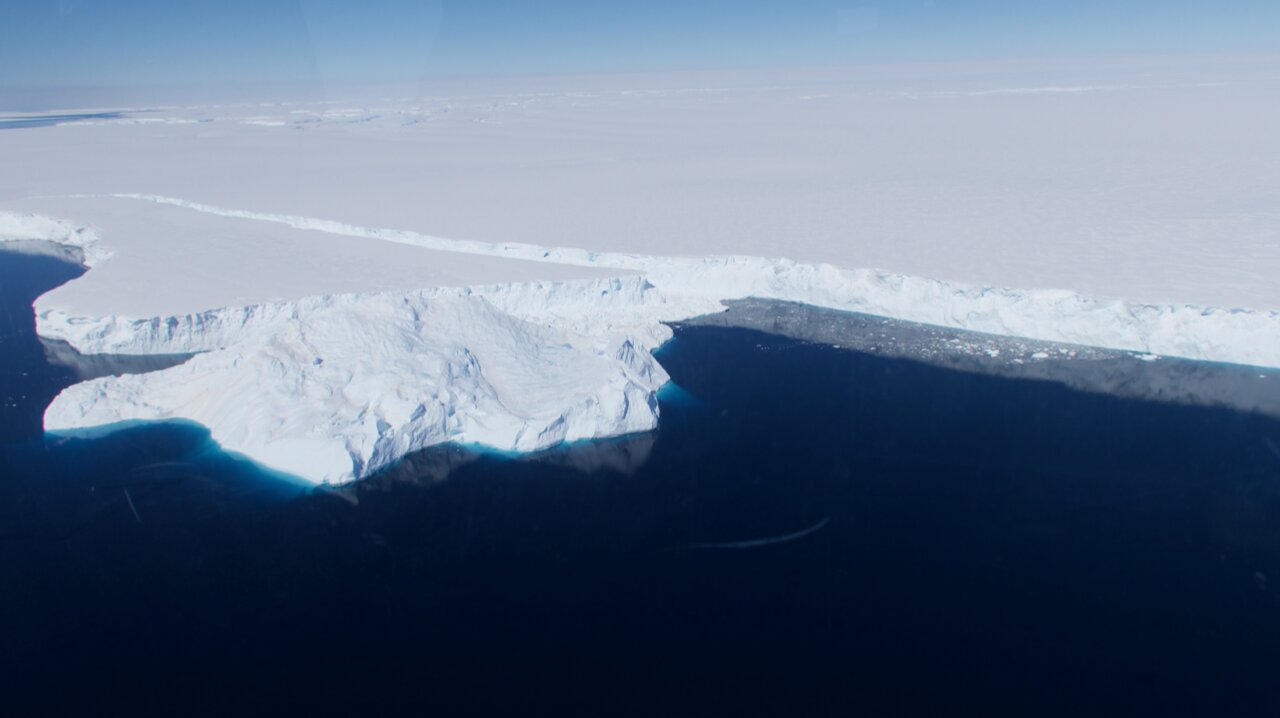An international team of scientists has embarked on an exciting mission to explore the mysteries of East Antarctica’s coast. Through groundbreaking helicopter-based observations, they have made a groundbreaking discovery – the pathways through which warm ocean water flows into ice shelf cavities. This remarkable achievement marks the first time such pathways have been identified.
Over the course of six days, the team ventured along the continental shelf region off the Totten Ice Shelf, a floating portion of the Totten Glacier. At 67 different sites, they collected temperature and other crucial data. This comprehensive study provided them with a clear understanding of how warm ocean water infiltrates the ice shelf cavity. Their remarkable findings have been published in the esteemed journal Geophysical Research Letters.
The Totten Glacier has captured global attention due to the potential environmental consequences if it were to melt entirely. The rise in sea levels could reach a staggering four meters. To comprehend the mechanisms and pathways of warm water mass inflow, it is imperative to observe the entire continental shelf region. Unfortunately, this task has been historically challenging due to the region’s treacherous sea ice and icebergs.
To overcome these obstacles, the team utilized a CH101 helicopter, dropping ocean observation sensors into the sea. This innovative approach allowed them to gather data on underwater temperatures and salinity. Their findings revealed the presence of broad ocean heat stretching across a 150-kilometer range. Seawater with temperatures approximately 1°C higher than freezing was observed between 50 and 100 meters above the seabed. This groundbreaking discovery provides the first comprehensive view of warm water mass flowing towards the Totten Ice Shelf.
In addition to their remarkable findings, this study also showcased the effectiveness of using helicopters for such research. Not only are they more cost-effective and faster than icebreakers, but they also possess exceptional maneuverability and are unaffected by sea ice conditions. While icebreakers can provide detailed observations of the identified pathways, helicopters have proven to be invaluable in initiating this groundbreaking research.
The team’s achievements have opened up new possibilities for understanding the complex dynamics of Antarctica’s ice shelves. With their pioneering work, we are one step closer to unraveling the mysteries of our planet’s most remote and awe-inspiring regions.








